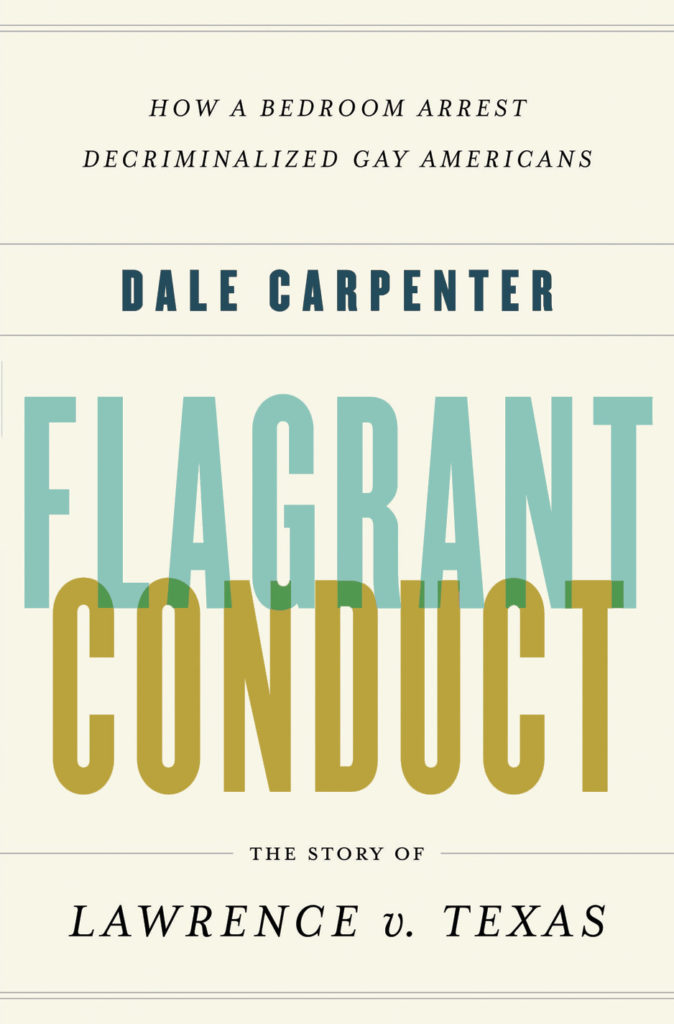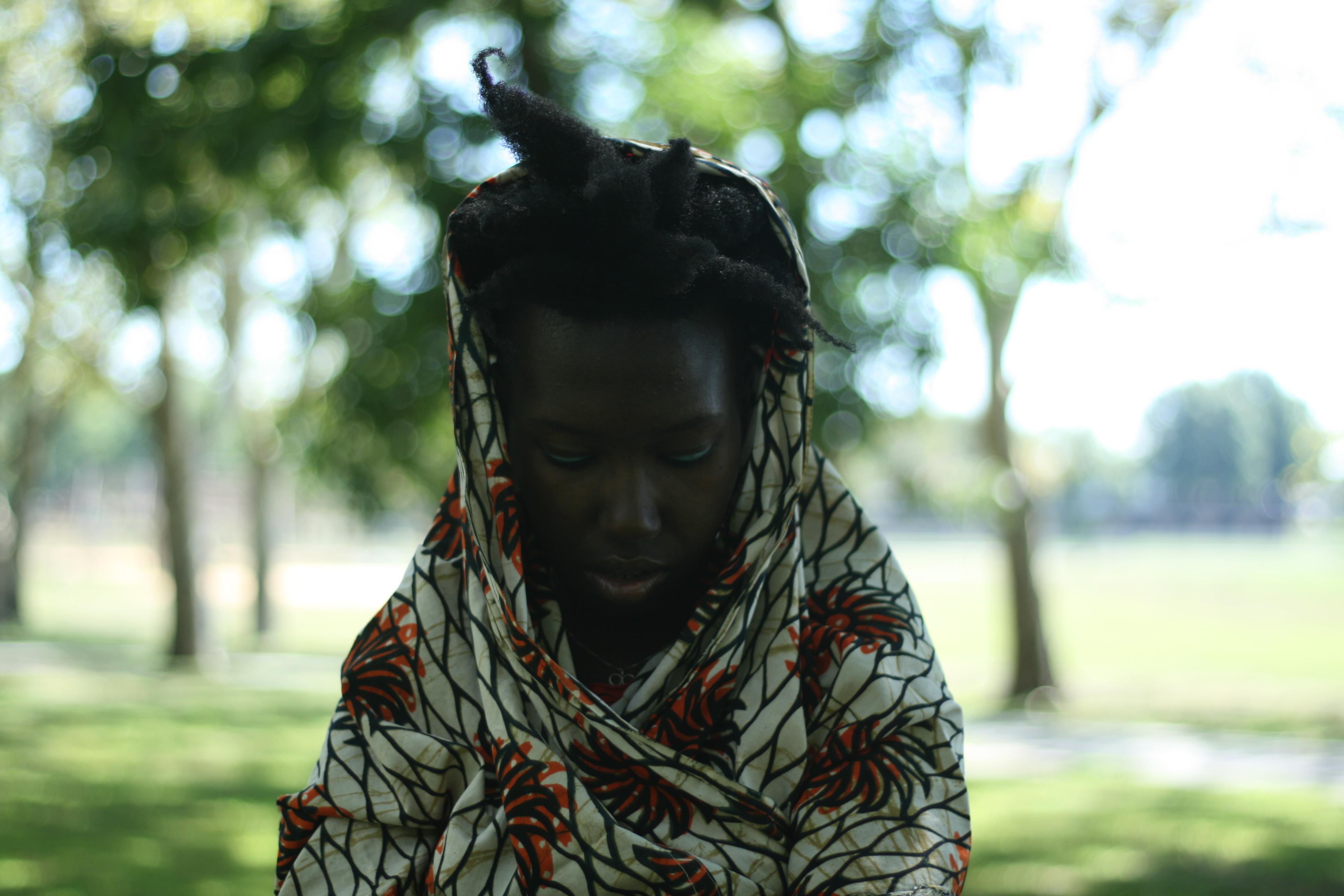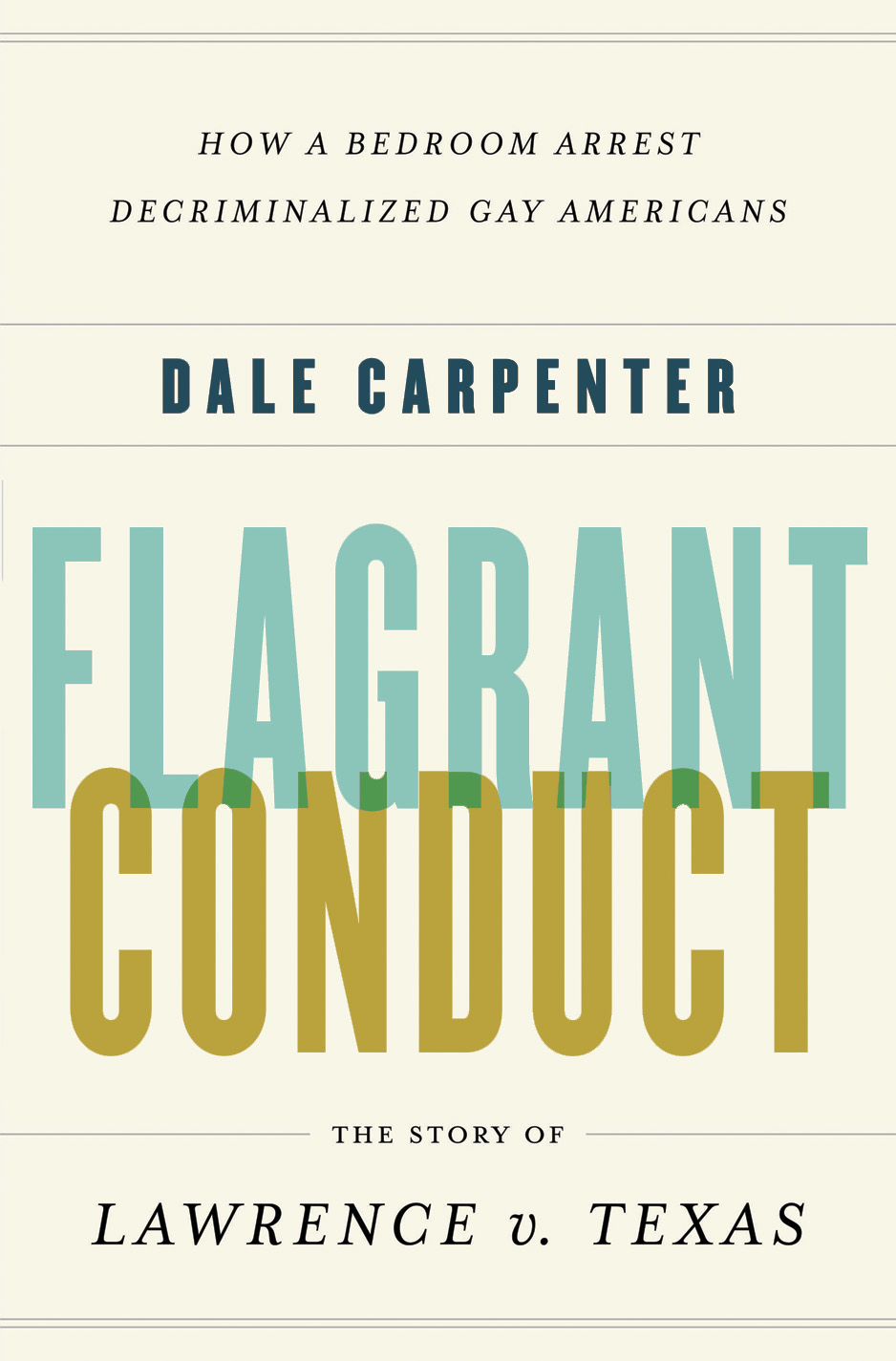Flagrant Conduct: The Story of Lawrence v. Texas
Reviewed by John McAllister
Fifty years ago, gay men and lesbians in the United States lived in the shadows. If their secret got out, they could be fired from their jobs, evicted from their homes, denied custody of their children, and even sent to jail. Despised and feared, at best pitied, by virtually every segment of straight society, they met in the dark corners of parks, in public toilets off the beaten track, in seedy bars on the wrong side of downtown, or in private parties whose locations were passed on in whispers. Wherever they went, they were at the mercy of the police, who could invade their privacy and harass, arrest, beat, rob, and humiliate them at will with at least the tacit approval of the “respectable” majority.

But in the lifetime of the men and women who came of age in those grim days, nothing less than a social and legal revolution has occurred. Although homophobic bullying and assaults are still far too common, and a stubborn minority of religious bigots still has far too much political influence, the employment and housing rights of gay and lesbian Americans are now protected in 21 states and more than 140 cities, 21 states have added sexual orientation to their civil rights codes, and same-sex relationships have been decriminalized countrywide.
More importantly, people’s fundamental attitudes have drastically changed. From a despised demi-monde, the gay and lesbian communities have become a respectable part of mainstream American society. Same-sex marriage may still be illegal in all but a handful of states, but according to recent polls a substantial majority of Americans now support it, and it is surely only a matter of time before equal marriage, adoption, health and employment rights are secured nationwide.
When the full history of this remarkable half-century of transformation in the situation of gay and lesbian Americans is written, the legal case that Dale Carpenter vividly retells in Flagrant Conduct: The Story of Lawrence v. Texas will have the same prominence as iconic events like the Stonewall riot and the assassination of Harvey Milk. Until the US Supreme Court ruled against Texas in 2003, gay men and lesbians still had no constitutional right to sexual expression. In a number of socially conservative states that refused to repeal their antiquated sodomy laws, including Texas, same-sex couples could be charged with the crime of “homosexual conduct.” In practice, these laws were rarely enforced, but as Carpenter says, “sodomy laws taught lessons” that held back the cause of equality in fundamental ways: “Generations of homosexuals learned silence and shame. Generations of heterosexuals learned privilege and power.” At a political level, leaders used the sodomy laws as an excuse not to extend any civil rights protection to gay men and lesbians.
Meanwhile social attitudes had moved on, but the law lagged behind. By the 1990s, it was high time to challenge the legality of laws against same-sex sexual relationships. The opportunity came when overzealous Houston cops burst into John Lawrence’s apartment after a false weapons report and, not finding the gun they were looking for, arrested Lawrence, who was white, and his much younger black friend Tyron Garner for “homosexual conduct.”
Ironically, Lawrence and Garner had not broken this antiquated law, at least not with each other. They were never lovers. Carpenter’s meticulous and riveting reconstruction of the police raid makes it clear that the cops either hallucinated the sex they claimed to have found Lawrence and Garner having (one of the two police witnesses said it was oral sex, while the other said it was anal!) or, more likely, made the story up in order to have an excuse to arrest the men.
But when word of the charges leaked out — thanks to a closeted court clerk with connections to the gay rights scene — activists realized they had a rare chance to challenge the law. Lawrence and Garner were persuaded to plead “no contest” rather than “not guilty” to ensure they would be convicted and fined without having to perjure themselves by pleading guilty. The conviction was then appealed on grounds that the law was unconstitutional, and in 2003 the US Supreme Court ruled that the Texas sodomy law, and similar laws in other states, violated a constitutional right to sexual privacy.
By recognizing, finally, that everyone, not just the heterosexual majority, has a right to sexual privacy, the ruling swept away a key legal barrier to LGBTI equality. One gay lawyer on the case declared that the ruling “is our Declaration of Independence. We now have the right to love and to make love. We have the right to be fabulous!”
Carpenter teaches Civil Liberties Law at the University of Minnesota, and it shows in the skill with which he makes the legal and ethical issues in Lawrence v Texas clear and engaging for anyone. But the really fascinating part of the book is Carpenter’s discussion of the significance of this case for the history of LGBTI activism, especially in relation to the tactics that Lawrence and Garner’s high-powered — and well-connected — gay legal team adopted to sway the cautious, conservative Supreme Court justices.
They carefully avoided any arguments that might remind the court of what homophobes at the time mocked as “San Francisco values,” that connected, in other words, to the image of gay men as promiscuous, anti-family or hostile to mainstream society and its values.
Instead, they argued that sodomy and other discriminatory laws were based on what Paul Smith, the head of the LGBTI legal team, called “a misunderstanding of the realities of gay lives and gay relationships.” LGBTI people, he argued, were basically the same as everyone else. Therefore, it did not make sense to “draw a line” between straight and gay. Relationships and families were the same in both straight and gay cultures.
The strategy downplayed ideas of LGBTI radicalism or difference and “connected gay sex to relationships, families, and children.” It was condemned by queer activists as “assimilationist.” But it worked.And it worked, as Carpenter, points out, because a majority of ordinary Americans had already accepted LGBTI people in their families, communities, and networks of friends. The Supreme Court was only being asked to catch up with society, and they could hardly refuse.
And it worked, as Carpenter, points out, because a majority of ordinary Americans had already accepted LGBTI people in their families, communities, and networks of friends. The Supreme Court was only being asked to catch up with society, and they could hardly refuse.
The lesson for LGBTI activists in Africa, where the situation of LGBTI people in many countries still resembles the shadowy, dangerous world that American queers inhabited in the 1950s, is clear. Assimilationist or not, the key to acceptance is our connections to others, to our friends, families, and communities.



